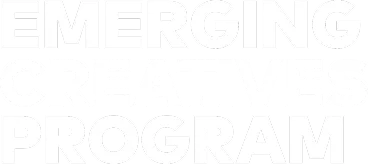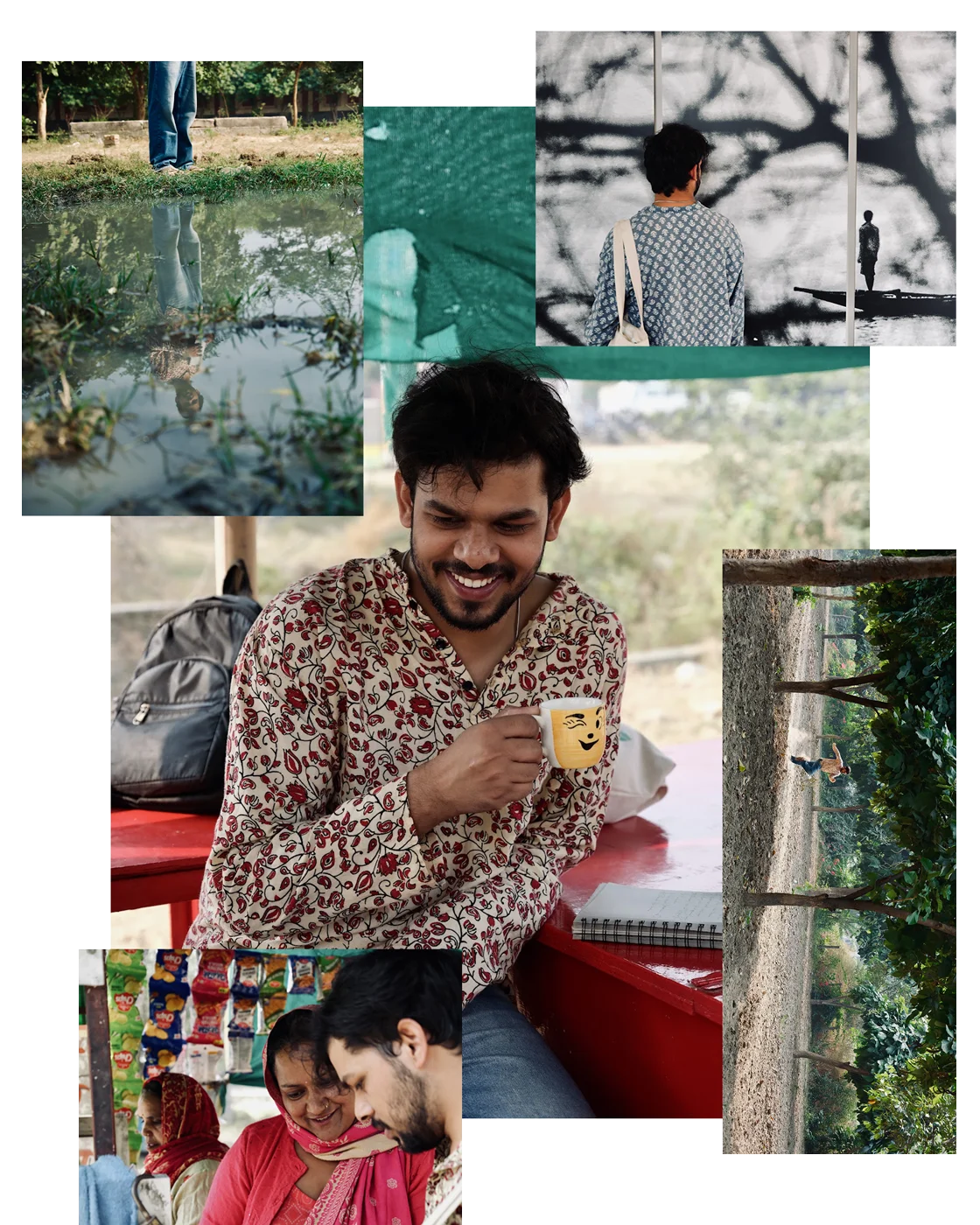
Global Citizen’s Emerging Creatives Program provides a platform for emerging creatives in the Global South that are highlighting the need for open civic space worldwide. Through their art, they call for change, shine a light on social injustices, and advocate for the advancement of the Global Goals.

NOVEMBER 2025
FEATURED CREATIVE

Abhinandan Gopal
INDIA
Delhi-based poet Abhinandan Gopal is our latest Emerging Creative. The poet has long turned everyday moments into art. His work traces climate change, gender equality, social inequality — and how these connect to larger societal issues. He says he never set out to be an activist; art simply became “a quiet kind of resistance.”
Creating within a repressed civic space, Gopal says: “There are moments when I feel uncertain — when I wonder if a poem or a line might be misunderstood… I have felt intimidated in subtle ways.” Yet he’s moved by “small acts of resistance and kindness.”
For the Emerging Creatives Programme, he’s written a new poem that offers “a heartbreaking observation on the unequal fates of gender and nature,” tracing the mirrored decline of a dying river and a little girl “discarded” into marriage and domestic labour. In his words, “the poem exposes how environmental loss and patriarchal norms feed each other.”
He hopes his work encourages people to notice the small things shaping bigger issues: “Every major issue… begins in everyday actions and habits… If someone reads a poem or watches something I create and begins to question one habit, one mindset, that’s enough.”
